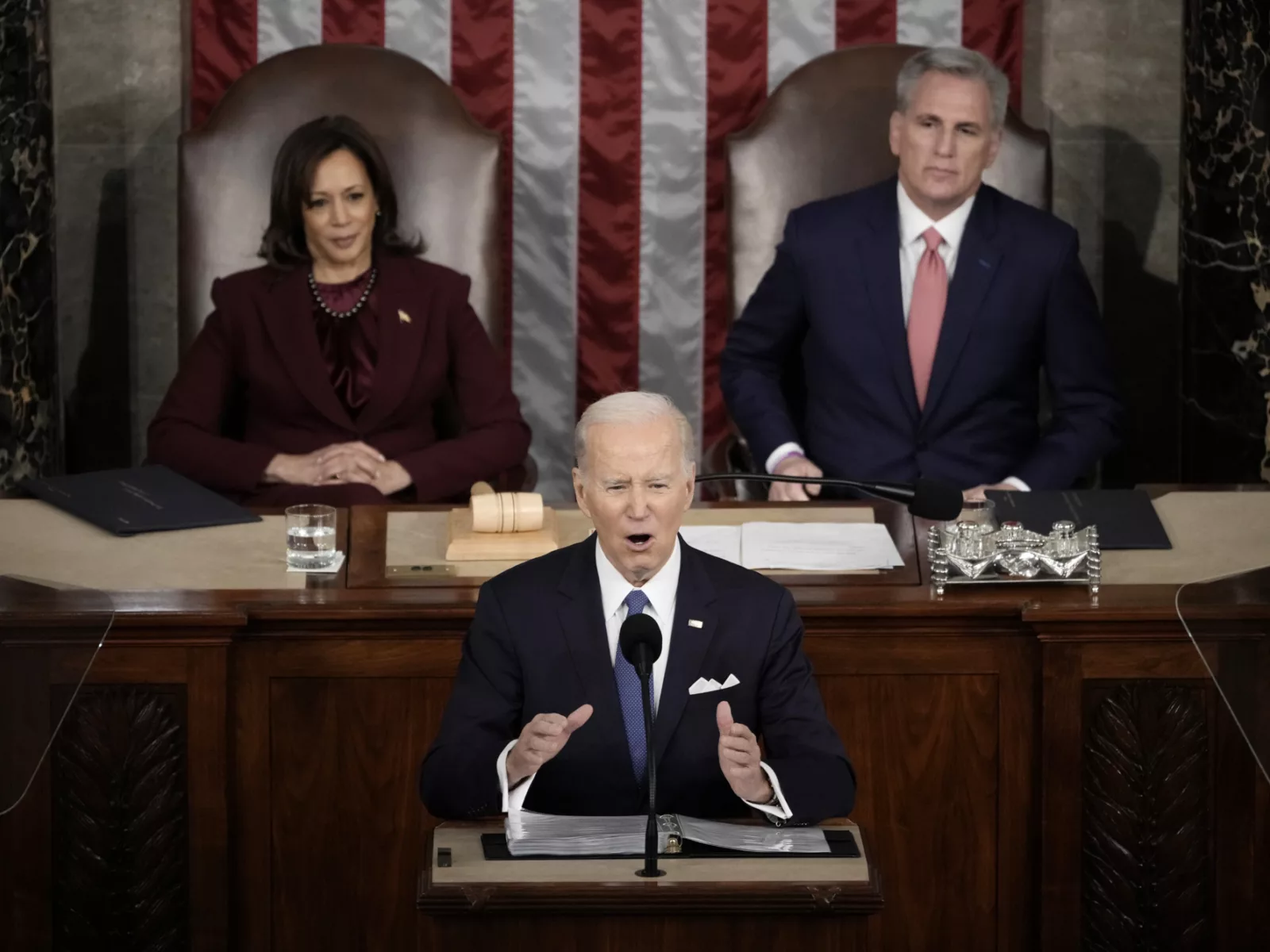Ruinous medical debt. Skyrocketing private insurance premiums. Wage stagnation. High and rising health care prices are at the heart of these issues, which inflict profound financial hardship on families.
In 2022, only four in 10 Americans could cover an unplanned $1,000 expense. Just weeks ahead of the midterm election, economic issues are a key issue for voters, according to recent polling from the Kaiser Family Foundation. And, nearly nine in 10 Americans say a candidate’s plan to lower health care costs is important to their midterm election vote.
Experts convened Oct. 5 to spotlight trends making health care more expensive and talk through levers the policy reform community can pull to bring prices down at an event hosted by the Society of Health Policy Young Professionals.
Below, view our top takeaways from the panel:
1. Prices hospitals and clinicians charge are driving health care costs higher.
“Prices are driving health care spending,” said Aditi Sen, Director of Research and Policy at the Health Care Costs Institute, a non-profit that aims to shed light on trends that drive spending.
Sen took a moment to highlight a key figure from her data-packed slide deck: From 2015 to 2019, spending per person with employer-sponsored insurance grew about 22%.
“About two-thirds of that increase is spending is due to the growth in service prices,” she said.
In other words, rising prices clinicians and hospitals charge fuel the increase in health care costs. And prices are expected to go up more – fast. The rate of health care inflation is expected to nearly double between mid-2022 and mid-2023, according to the Federal Reserve Bank of Dallas.
2. Families and businesses pay the price for high health care costs (and would benefit the most from reform to lower prices).
When talking about rising health care costs, largely, the conversation is about how that cost is felt by the employer and the family, Mark E. Miller, the Executive Vice President of Health Care for Arnold Ventures, told the audience of policy pros.
When hospital prices rise, employers and their staffs have to pay – through higher private insurance premiums, deductibles, greater out-of-pocket costs, and stunted wage growth, Miller said. The rise in these costs outpaces inflation.
A new study supported by AV backs this point. It showed hospital mergers in Indiana led to a 10.6% price increase, which cost workers a staggering $1.5 billion in that state alone.
“The average family based plan is over $20,000 per year,” said Ben Ippolito, an economist with the American Enterprise Institute, a right-of-center think tank based in Washington, DC. With median household income hovering around $70,000 per year, “This is a really, really sizeable chunk of compensation that’s easy to overlook.”
3. Solutions are at hand.
There are a myriad of ways to tackle rising health care costs:
Capping what hospitals can charge commercial insurers is among them. On average, private health plans pay hospitals 224% more than what Medicare would pay for the same services at the same facilities.
“There are large savings to employers and families if you were to curtail [hospital] prices at 200% of Medicare,” Miller said. “And at 200% of Medicare, there’s still a huge $900 billion in savings over 10 years to employers and families.”
States are playing a key role in tackling high health care prices, noted panelists.
For example, Massachusetts has a Health Policy Commission, with a handful of states pursuing similar approaches, to set statewide health care spending targets and identify opportunities for cost containment, which they enforced for the first time this year. Most recently, California passed legislation this year creating a similar authority that can place financial penalties on providers that exceed the spending target.
There are a range of policy options to increase price transparency, improve competition, and regulate high prices. Read more here on Arnold Ventures’ solutions to lower health care prices in the commercial market.


















